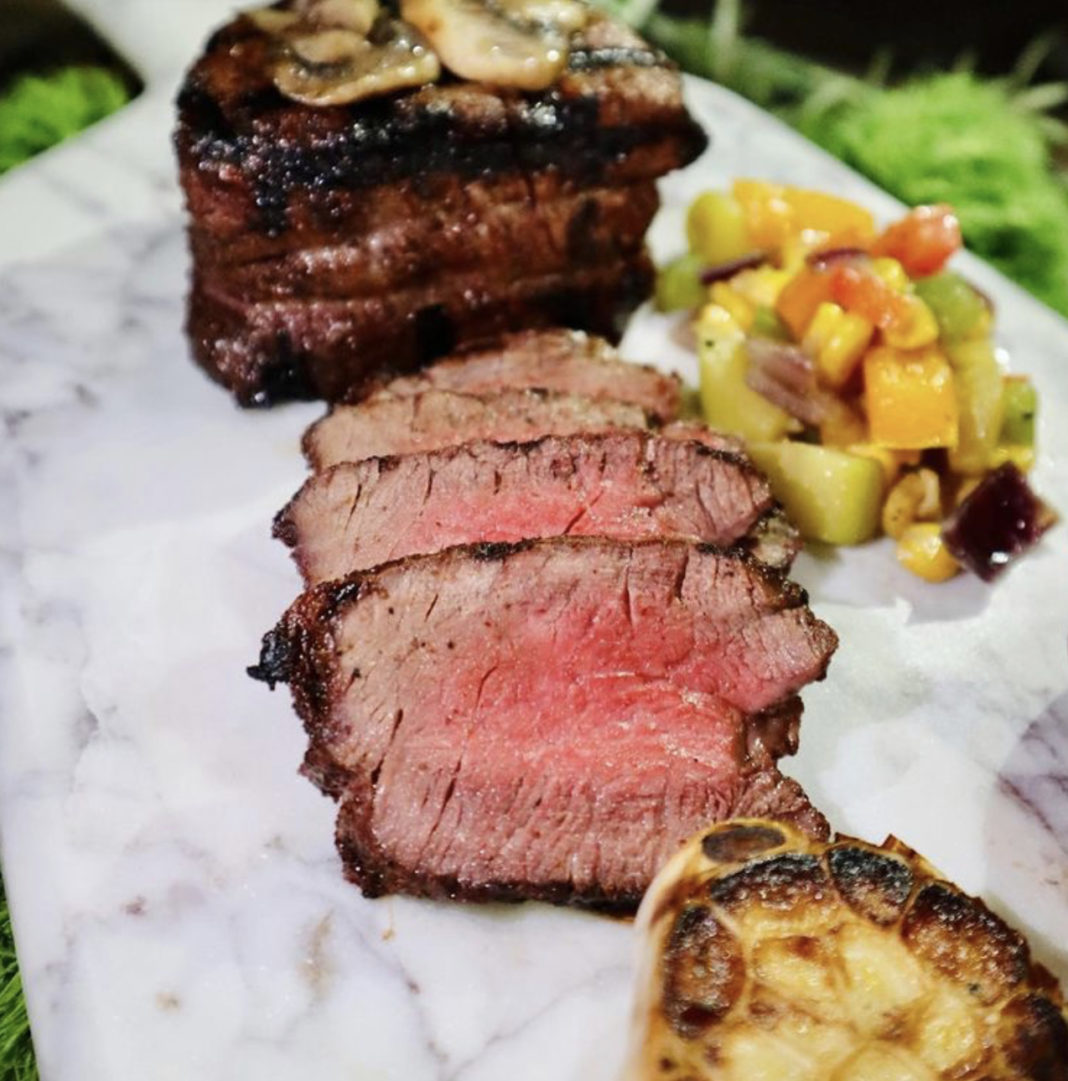By Michelle Price
Special to the UCBJ
DALLAS – How do you judge entries from over 300 chefs and ensure that each entry is judged fairly? By using a consistent method that judges each entry against itself not against other competitors. This maintains integrity in the system, and this is how the EAT Methodology was born in judging the World Food Championships.
The EAT Philosophy is based on judging food in three key areas, by its execution, appearance and taste. Each category is scored from 1 to 10, with 1 as the worst ever, 5 equal to fast food and a 10 as the best ever (or something that you would drive 100 miles for).
Judging is done using a blind judging process where judges are taken to another room, preventing them from watching competitors, helping them or becoming familiar with their entry.
Dishes are not compared against each other. This is important because each judge scores only four to five dishes out of up to 40 entries. Integrity is important among all judges, so that the playing field is truly level.
The EAT process is weighted in the computing process with Execution – 35%, Appearance – 15% and Taste – 50%. The lowest score for each dish is dropped, and competitors are judged on both the signature and structured dishes for their category, with the scores combined to determine the category top places.
Execution is scored on how well the dish is what it is supposed to be. Is the category focus clear? Is the dish structured well? Preparation and technique, as well as proper use and cooking of all ingredients are among other things evaluated.
Appearance is scored on how appetizing the dish looks. Do you want to eat it? Does it look over or under cooked? Does it meet category specifications? Does it look messy or balanced?
And the ultimate test is Taste. Does it taste appropriate for the category? Do the flavors work well together? Can you taste the infused ingredient? Is it what the chef said it was? And is it championship caliber?
Other things, such as plating and food styling, are the option of the chef. No foreign objects are allowed.
The introduction of the EAT Methodology was a game changer for food sport, truly allowing desserts to be judged against seafood, and soup to compete against steak. It enables WFC to be able to take the champion of each of the 10 categories and allows them to compete against one another fairly for the title of World Food Champion each year.








